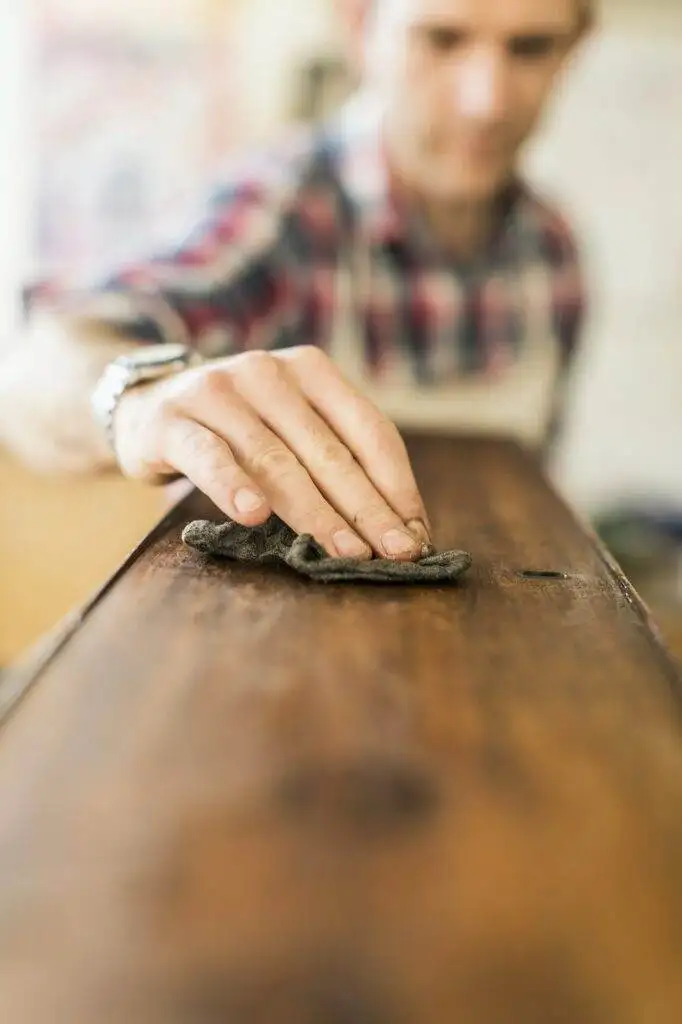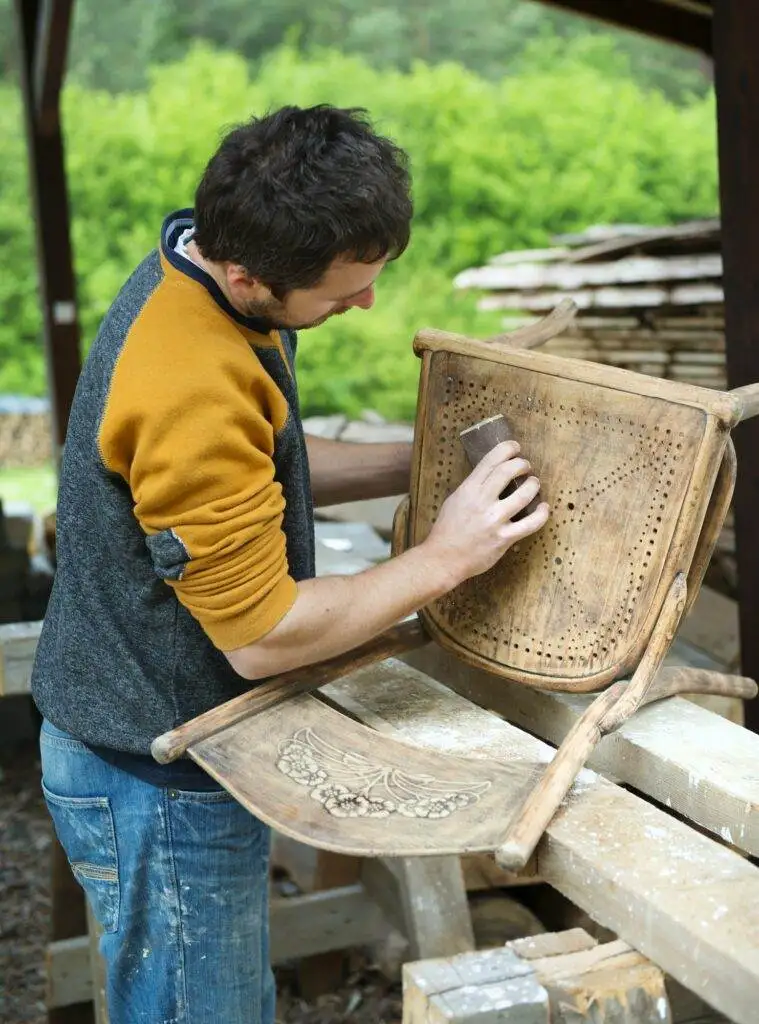Making a clock escapement
Making a clock escapement is a complex process that requires a lot of skill and precision. Here are some general steps that can be taken
If you’re reading this, there’s a pretty good chance that you have an obsession with antiques and vintage pieces. Maybe it’s because you’re a history buff or maybe you’re just a nostalgic soul who loves to catch glimpses of a bygone era. Either way, the appeal of antiques is universal and they’re definitely worth preserving. That being said, their fragility means that they require special care. A little bit of TLC goes a long way, which is why it’s so important to have the best antique furniture polish at your disposal.
Like it or not, your antiques are going to get dirty. Whether they’re left out in the open, moved around a lot, or even just sitting on a dusty shelf, they’re going to get dirty and stained. If you want to prevent your family heirloom pieces from getting damaged or damaged, you’ll need to regularly clean them.
That being said, it’s also important to know how to clean your antiques. You don’t want to clean them too much or too little, or else you risk harming your pieces. Luckily, there are a lot of ways you can properly clean your antiques and prevent damage.
Maintaining your antiques in a good standard condition not only makes them look nicer, and last longer, but it allows the antique to retain value, if ever you wanted to sell your antique, it’s important to know it’s value and to understand what factors contributed to it’s valuation.
When valuing antiques, many times antique dealers and collectors will mark a product down during valuation due to it’s exterior appearance, if it’s dusted, worn or chipped in areas, this could be a sign of poor maintenance, that’s why it’s so important to maintain and polish your antiques.

There are a few different types of antique furniture polish out there. You can buy traditional waxes and greases, as well as modern cleaners that only require water. If you have a little more time, it’s worth investing in a good furniture polish kit. They make it easier to clean your pieces and prevent damage in the process. It really depends on the type of antique you’ll be cleaning. For example, if you’re cleaning an antique carriage clock you may require an oil based cleaner, whereas cupboards and tables will most commonly use wax based cleaners.
Here are some of our recommended antique furniture polish:
Briwax is a traditional wood furniture polish, it’s properties leave behind a sheen look and enhanced a natural wood finish. Most common antiques to need Briwax are clock cases, wardrobes, bookcases, and tables.
Briwax is made with natural beeswax and should be applied with a cloth as it is known for drying quickly.
2. Colron
Colron provides a wide variety of waxes and polishes, depending on your product we always recommend Colron, but it’s important to match your needs with the right polish, Colron has polishes that focuses on cleaning and nourishing older wooden antiques, but also provides waxes which maintain newer mahogany antiques. It’s important to find he one that suites your needs.
3. Fiddes Supreme Wax Polish
This is a clear wax, meaning you can use it on just about any antique wooden furniture piece. It’s known as an industrial wax which is perfect for furniture, with Fiddes Supreme you can colour match your antiques to the correct wax and reinfuse your antiques with colour, Offering a subtle shine to your newly cleaned and prepped antiques.

The first step when cleaning your antiques is to get a good overview of the piece. First, use a cloth to dust off any loose dirt or dust.
Next, inspect your piece and make note of any damage. One of the best ways to tell if your piece needs to be repaired is to take a look at the edges. If they’re rounded, smooth, or otherwise damaged, bring it to a professional.
If your piece is in good condition, it’s time to clean! You can use a variety of different cleaning products, but it’s important to note that you should always start with clean water. This will prevent your pieces from getting any residue on them when you use the other products.
Follow our step by step detailed guide below.
Step 1: Evaluate your piece, check any surface areas for dents, marks, scuffs and dust. These will become areas of focus when cleaning your antiques.
Step 2: Assemble your station and equipment. You’ll need a bucket of room-temperature warm water, with basic dish soap (No harsh chemicals). A microfibre cloth, a dry microfibre towel, some small paint brushes and some cotton buds.
Step 3: Remove any removable pieces, for example if you’re cleaning an antique clock you may want to remove the legs, face and hands to preform a detail clean. Alternatively if it’s a simple antique remain as is.
Step 4: Take your wet microfibre cloth and begin removing any dust & dirt. using gentle motions to wipe away the dirt and rinsing your cloth regularly with the warm water bucket.
Step 5: Use the small paint brushes to remove dirt from difficult to reach places, followed by cotton buds to properly remove all dust.
Step 6: Using the microfibre towel, dry your antique thoroughly.
Step 7: Use an additional dry soft cloth to apply your chosen wax or grease
Step 8: Re-assemble your piece.
When it comes to the best antique furniture polish, there are a lot of options out there. You can buy waxes, oils, and greases that are all designed to protect your pieces. You can also choose between water-based and oil-based cleaners, depending on your needs.
What makes a good antique furniture polish? It all depends on your needs and the type of pieces you have.
Here are a few important things to keep in mind when you’re looking for the best antique furniture polish:
Now that you know how to clean your antiques, it’s time to pick up the brush. Whether you want to clean your dining room table or your vintage clock, you can easily do so with these tips.
Making a clock escapement is a complex process that requires a lot of skill and precision. Here are some general steps that can be taken
Antique clock restoration is a meticulous process that requires a great deal of patience and skill. The process involves disassembling the clock, cleaning each component,

Hi my name is James I have a long history of selling exceptional antique clocks and watches all over the world. I also offer a full clock & watch repair & restoration service.
Vintage Clocks © 2025. All rights reserved.